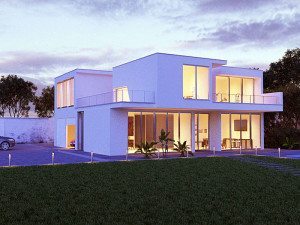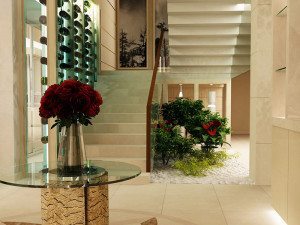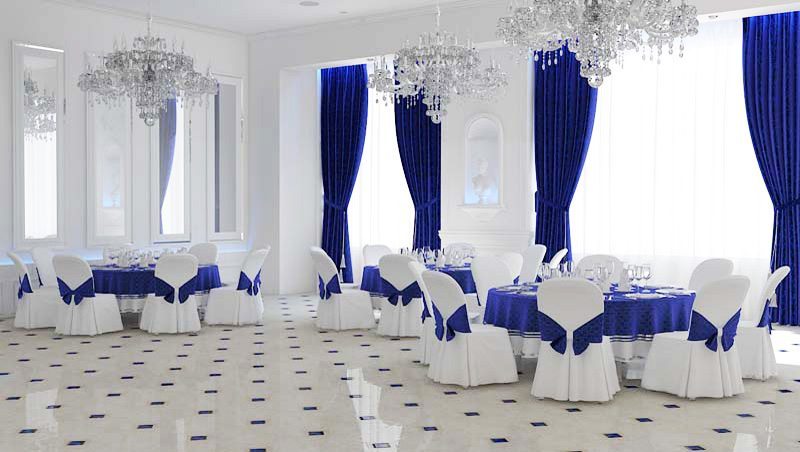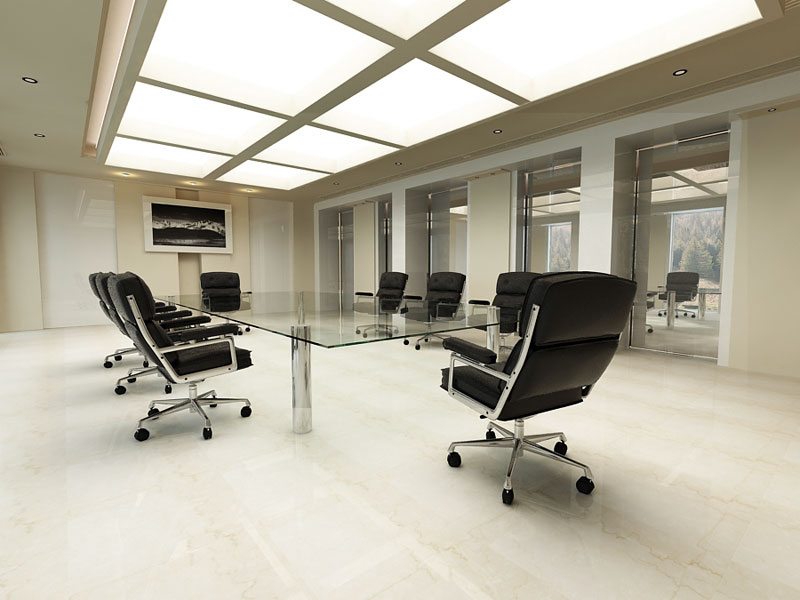3D interior visualization is a digital process where interior space designs are created using 3D modeling and rendering software. This technology is a powerful tool for interior designers, architects, and clients to visualize space layout, decoration, and furniture arrangements before any physical work begins. It provides a realistic depiction of how an interior will look after it has been furnished and finished.
Key features of 3D interior visualization include:
1. Photorealistic Renders: With advanced lighting, materials, and rendering techniques, 3D visualizations can produce images that are virtually indistinguishable from real-life photos. These renders can show accurate light reflections, textures, and how different elements will look under various lighting conditions.
2. Virtual Walkthroughs: Using 3D visualization software, designers can create an interactive virtual tour of the interior. This allows clients to virtually walk through the space and dynamically experience the layout, offering a more immersive understanding than static images.
3. Material and Finish Selection: Clients can preview and compare different materials, finishes, and color schemes. This helps in making informed decisions about the design without having to rely on physical samples or imagination.
4. Space Planning and Layouts: 3D visualization tools provide the ability to experiment with furniture placement, space division,
Rendering (3D visualization) is the process of generating an image from a model. Visualization represents one of the most important parts of 3D graphics. The program that provides rendering is called “Render”.
In the rendering structure, we use algorithms to get a qualitative image. In general, rendering can change vector structure into flat pixels. As a result, a 3D image can be displayed visually as a two-dimensional image on the PC monitor.
One of the most outstanding renders is “3ds Max”. “3ds Max” is universal software because it is used for 3D modeling. In addition, the program is great for computer game design.
You can be sure that 3D visualization is good for interior design. As a rule, it helps you to see the real picture of the future interior. Interior visualization lets you view each element of a house, flat, or furniture. 3D visualization creates the effect of presence. In addition, renders have succeeded in 3D model adaptation and that is why their creations are considered masterpieces.
Preview visualization is a famous and helpful option too. It is mainly used when a customer hesitates and is not sure about some elements of the future house. For example, it can be the color of the wall or wallpaper or some materials’ selection.
Final 3D visualization is the last variant of the interior based on all amended corrections on the stage of preview visualization.
According to the project’s goal, we have rendering in a real-time mode (used in the creation of videos) and pre-rendering which is more convenient for computer games creation. Pre-rendering uses 3D accelerators. The last ones help you to increase the quality of graphics of old computers.










